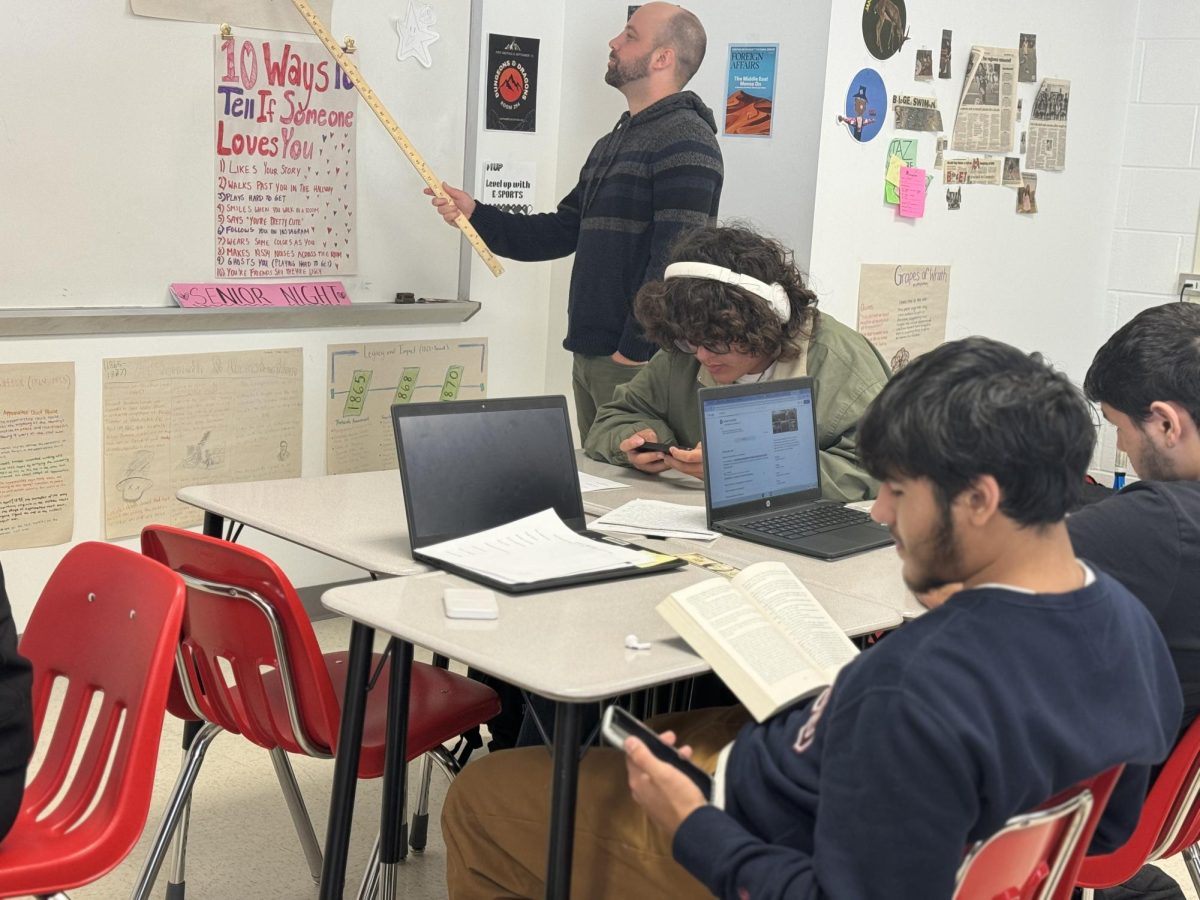Most know that the sweet sanguine rush that teenagers can find at the bottom of cups and cans comes at a cost.
14-year-old Anais Fournier, who died recently from consuming two cans of Monster Energy in a day, has become the latest symbol for food and beverage health awareness proponents.
According to the Center for Disease Control (CDC), half of the US population indulges in sugary drinks every day and over half of the adult population consumes coffee daily.
But what are the numbers for AHS?
The respective abuse of anything, including beverages, is granted, which makes the statistics for abuse of little significance against regular daily use.
Approximately half of the AHS student population surveyed has never used energy drinks to stay up studying. As age increases, energy drink use is less common, while coffee and tea use is more common. Fiftteen percent, or 420 students in the current senior class, “often” drinks coffee to stay up. Fourteen percent of seniors and freshmen “always” and “occasionally” drink tea, respectively.
The numbers are nowhere near the adult percentage. Only six percent of the school consumes coffee daily. “The workload is not that much of a problem, but procrastination is. As kids get older, they realize that energy drinks are detrimental to their health and switch to coffee and tea.”
Slightly older students may also be less susceptible to marketing techniques.
“A lot of IB candidates started drinking coffee during junior year and they’ll continue this throughout college and their lives. Some people need to drink more caffeine to stay awake and for the rush,” senior Sahil Chawla said. “Seniors around this time are drinking a lot of caffeinated beverages because they procrastinate on their work and college applications—we just need to manage our time better.”
The occasional pick-me-up can potentially become a hard habit for some teens. “Once you start the habit, its hard to stop. We should know that these things are unhealthy for us, but people need to read more of the current research,” Chawla said.
Caffeine alone is not the only substance teens may regularly misuse. “Teens use coffee to stay awake at first, but they sometimes add adulterants like sugar and flavorings to make it easier to consume,” Chawla said. This only adds to the health burden that teenage bodies face daily.
From this survey, a concrete understanding of whether younger students are less healthy than their peers is difficult to obtain, but the data does lean toward this thought.
Soda consumption is slightly more common in underclassman. Only nine percent of seniors drink soda on a daily basis, while 13 percent of juniors, 12 percent of sophomores, and 14 percent of freshman.
Again, the general level of education that older students may possess could be the cause of the lowered percentage.
Six percent of the school, except freshman, consume energy drinks daily, while 12 percent of freshmen do. Energy drinks like Red Bull or even Gatorade are favored aside from taste and good advertising, because it can give some teenagers a sort of adrenaline rush from the aspect of having something that is dangerous.
“I think that once we get influenced at our young age and continue drinking these things, we get used to it and its hard to change. The media is always a factor that doesn’t always give us the other side of things,” senior Celina Reyes said.
According to the AHS survey, the student body generally believes that its drinking habits are average. Students predominantly drink water 4-7 times daily, while the secondly consumed beverage is juice.
Food health and safety is “extremely” important to approximately 42 percent of the school, except freshmen, where 33 percent are neutral and 27 percent are “extremely.” This data correlates with the freshmen class’ higher consumption of soda and energy drinks.
“The health curriculum needs to be more focused on what teenagers consume daily and begin earlier [in elementary and middle school] to encourage more awareness,” Chawla said.






